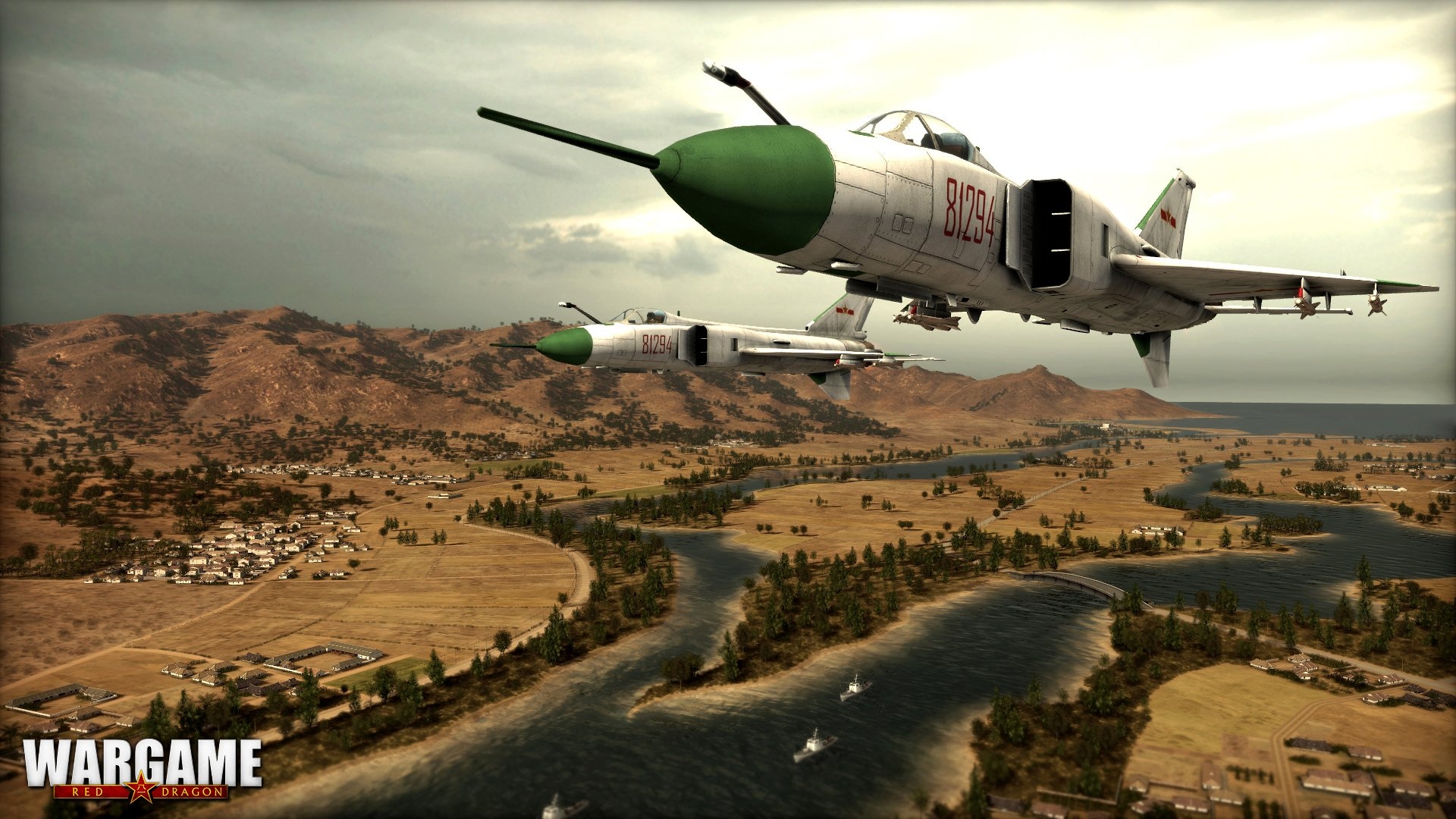


For non-push-fit models, poly cement will be needed to glue them together. The model is clipped from the sprue, and then mould lines can be scraped off with the back of a craft knife.Īs our Sequitor was push-fit, it didn’t need any glue. To get a model ready for painting, you’ll need to assemble it first. A can of spray primer isn’t necessary, but provides such a good base to work over it’s tough to not recommend it heavily.Ī wet palette ( left) can be useful to stop paint drying out. Don’t go overboard with six different shades of each colour keep it simple at first and expand as you need. You’ll nearly always want some metals - gold and silver tend to be common - and a brown for leather and straps, which are another frequent component of models. A model will usually have a few primary colours for skin, armour, cloth and the like. When starting out, you’ll want to get a few paints that cover the main parts of your chosen scheme. A wet palette can be very good if you want to make or buy one, but it is advisable to use a standard palette for metals to stop them from splitting. (For clarity paints will be referred to by general colour, but in brackets the Citadel name will be used.)įor paint brushes, it is useful to have a brush with a very good tip for detailing and highlights, a smallish one for minor areas of the model, a larger one for base coating/washing, and a stiff-bristled brush for drybrushing.Ī palette for thinning paint is helpful - but you can use the lid of a plastic container or a ceramic tile rather than a specialist palette. They’re easy to get hold of on eBay - and your local game store may even have some for free, as they were part of a promotion a year or so ago.Įverything in this guide is meant to be rather general, rather than specifically applicable to this model, so don’t think you need this model, or even these colours or paints, to get started. Final touches and advanced techniques: Next steps you might consider exploring.Īs we go through, we’ll apply these steps to a Stormcast Eternal Sequitor from Games Workshop.Detailing: Picking out the last few details of the model.Highlighting: Edge highlighting and drybrushing explained.Layering and cleanup: Cleaning up the areas where shade is not needed, and adding vibrancy.Shading: Adding shade to the recesses of the model to imply shadow.Basecoating: The first stage, where the main colours are applied.Preparation: Getting your mini ready to paint.Equipment: A small list of things you’ll need to paint your minis.
#WARGAME RED DRAGON BEGINNERS GUIDE HOW TO#
This beginner’s guide is designed to be a great place to start learning how to paint miniatures, and will get you from bare plastic to finished model in a few short steps. It’s a great hobby, but it can also be a little daunting to get into. It’s likely you’ll have picked some up with a board game, though maybe you’ve gone all in on a fancy Kickstarter, acquired some Warhammer or want to add a bit more flavour to your roleplaying sessions. If you’re into the tabletop gaming scene these days, chances are you have some miniatures to paint.


 0 kommentar(er)
0 kommentar(er)
